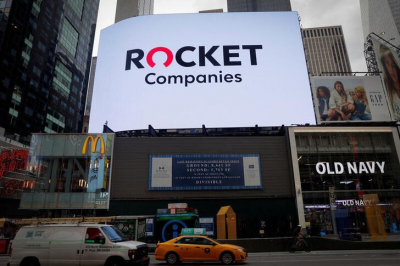The End of an Era: Why Fossil Smartwatches Are Bowing Out
As the tech world evolves at an unprecedented pace, one iconic name in the smartwatch arena seems to be fading into obscurity: Fossil. With over a...
The Rise and Fall of Fossil: A Retrospective
A decade ago, Fossil entered the smartwatch market with much fanfare, leveraging its reputation as a stalwart in the fashion accessory industry. With stylish designs that seamlessly integrated technology, Fossil smartwatches quickly gained traction among consumers seeking both form and function. However, as competitors began to innovate at a rapid pace, Fossil found itself struggling to keep up.
While Fossil's initial foray into smartwatches showcased promise, the company failed to maintain momentum in the face of relentless innovation from rivals such as Apple, Samsung, and Garmin. Stagnation in hardware and software development left Fossil smartwatches lagging behind their counterparts in terms of features, performance, and user experience. As consumers gravitated towards more advanced options, Fossil's market share began to erode.
Another significant factor contributing to Fossil's downfall is the evolving preferences of consumers. In an era where smartwatches are expected to do more than just tell time, Fossil's offerings fell short in terms of health and fitness tracking, app ecosystem, and integration with other smart devices. With health and wellness becoming increasingly important to consumers, Fossil's inability to deliver robust fitness features proved to be a critical misstep.
In the highly competitive landscape of wearable tech, Fossil faced fierce competition from tech giants with vast resources and cutting-edge technology. While Fossil focused on aesthetics and fashion appeal, competitors like Apple and Samsung invested heavily in research and development, resulting in superior products with advanced features and seamless integration across ecosystems. As a result, Fossil struggled to differentiate itself and lost relevance in the eyes of consumers.
Looking Ahead: What's Next for Fossil?
Despite its current challenges, all hope is not lost for Fossil. The company has the opportunity to reinvent itself and carve out a niche in the ever-expanding wearable tech market. By prioritizing innovation, investing in R&D, and forging strategic partnerships, Fossil can regain relevance and appeal to a new generation of tech-savvy consumers. However, the road ahead will be fraught with challenges, and Fossil must be willing to adapt and evolve to stay competitive in an increasingly crowded market.
Lessons Learned and Future Prospects
As we bid farewell to an era dominated by Fossil smartwatches, it's essential to reflect on the lessons learned from their rise and fall. The story of Fossil serves as a cautionary tale for companies operating in fast-paced industries, highlighting the importance of innovation, adaptation, and staying ahead of the curve. While Fossil may have lost its footing in the smartwatch market, the company's legacy serves as a reminder of the relentless march of progress and the ever-shifting dynamics of consumer preferences. As we look to the future, only time will tell if Fossil can rise from the ashes and reclaim its former glory or if it will remain a relic of a bygone era in the annals of wearable technology.
In concluding this analysis, it's evident that the decline of Fossil smartwatches is a multifaceted phenomenon shaped by a combination of internal stagnation and external market forces. Fossil's inability to innovate at the pace demanded by consumers, coupled with shifting preferences and intense competition, has led to its diminished presence in the wearable tech landscape.
However, the story of Fossil serves as more than just a cautionary tale—it's a testament to the relentless evolution of technology and consumer expectations. As we bid farewell to Fossil smartwatches, we must acknowledge the valuable lessons learned from their rise and fall. Companies operating in dynamic industries must remain vigilant, adaptable, and committed to continuous innovation to stay relevant in an ever-changing market.
Looking ahead, the future of Fossil remains uncertain. While the company faces significant challenges in regaining its former prominence, opportunities for reinvention and resurgence still exist. By embracing innovation, investing in research and development, and aligning with shifting consumer trends, Fossil can potentially carve out a new niche and reclaim its position as a formidable player in the wearable tech space.
Ultimately, the fate of Fossil serves as a reminder that in the fast-paced world of technology, success is fleeting and companies must constantly evolve to stay ahead of the curve. Whether Fossil can rise from the ashes and redefine itself remains to be seen, but one thing is certain: the legacy of Fossil smartwatches will endure as a symbol of an era defined by innovation, competition, and the relentless march of progress in wearable technology.





